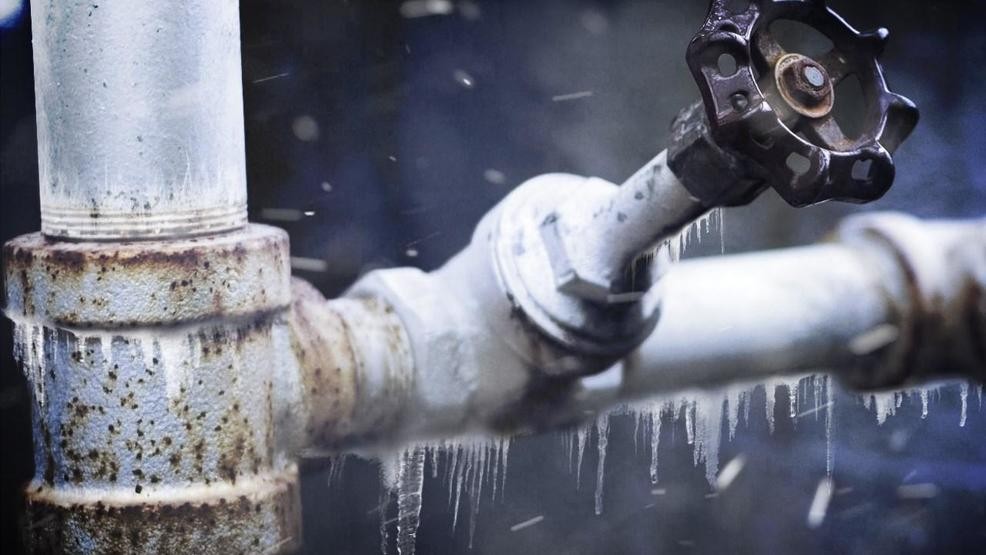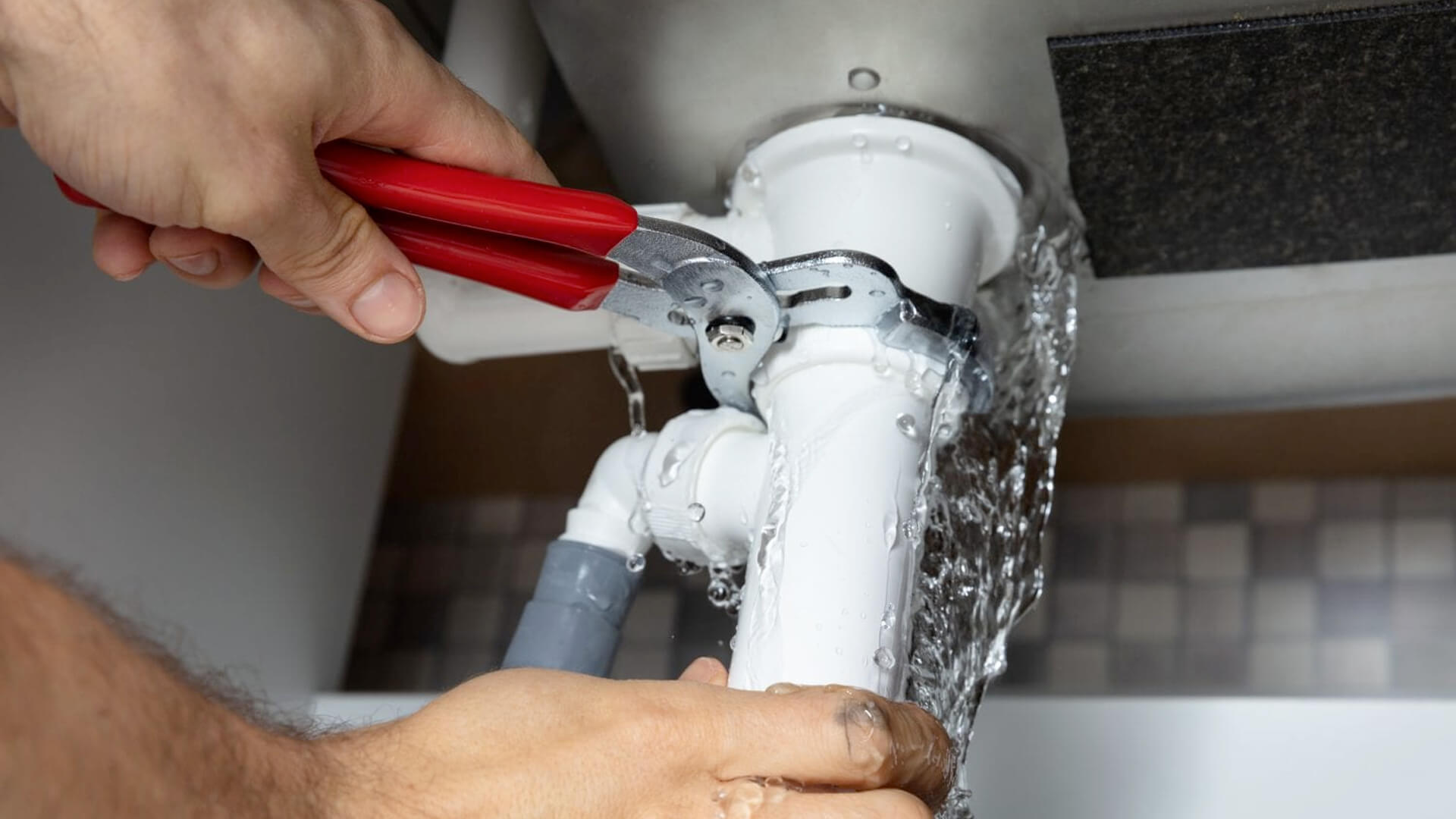Just about every person is bound to have their private notions when it comes to What to Do When a Pipe Bursts.

The instant feedback when a pipe bursts in your home is to enter full panic setting. Don't stress; you are not the only one as most home owners feel by doing this, also. Besides, this concern can lead to considerable residence damages.
Though it might be difficult to do, continue to be calm and accumulated. Making hasty choices can make the situation even worse. To assist you out, here are 6 prompt steps you should take when facing burst pipelines. Keep in mind, knowledge is power so reading up on this prior to it happens will enable you to stay in control even amidst a massive emergency water leakage:
Conduct a Quick Visual Assessment
Though your reaction is to shut down the shutoff immediately, pause for a while and perform a fast aesthetic assessment of the site. Attempt and also detect where the water is dripping from. Doing so will certainly allow you to advise the plumber on what area to check out. This less-than-a-minute examination will certainly save you time and also assist your plumber quickly determine the root cause.
Close the Main Water Shutoff
After a fast scan, you can now shut off the major water system. Keeping water running will certainly lead to substantial damage. The last point you need is significant flooding warps wooden floorings or damages home appliances and furnishings. You also want to stay clear of mold and mildew growth. Switch off the shutoff and also call the plumber for an emergency examination.
Drain the Pipe
As you wait for the plumber to show up, drain pipes the water moving in the pipes. Simply run your faucet and flush the commode to make sure that whatever water is remaining will entirely flow out. When you do this, the leak will stop going where it's not supposed to be in the first place. With that, the plumber can likewise work faster. Just don't neglect to turn off the tap after the pipes are drained pipes.
Try a Do It Yourself Pipe Repair
If you have actually got handyman abilities, do a minor repair service like sealing a tiny fracture. You can acquire piping sealant to make quick fixes. Beware with the application, so you don't get worse any type of troubles. If you need to tighten a few nuts and also bolts, withstand the urge to over-tighten as this can cause leakages down the line.
Do away with Any Standing Water
Do not let any kind of standing water sit for too. It will bring about even more damages if water leaks right into your floorings or carpet. You likewise don't want it to stream into essential things like electronic devices. Clean up the water and dry the area off immediately. If you have electric followers, maintain them running to flow the air and advertise much faster drying.
Call a Trustworthy Plumber
If you feel unsure about your abilities to deal with a little fracture or tiny leak, it is best to call a professional plumber. When it pertains to repair services, they have the expertise, skills, tools, as well as experience to get points done quick. Dabbling with pipelines is not a joke as it can result in even more difficulties if done inaccurately. Finding a reputable plumbing solution ensures your water leakage is taken care of effectively and also successfully.
A Frozen Pipe Has Burst, What Are The Next Steps?
How to Tell if Pipes are Frozen
It’s important to catch frozen pipes early to prevent damages. Typically, you will be able to boost your thermostat or talk a professional plumber before any damage occurs. However, here are a few signs that will help you identify if your pipe is frozen.
No Water – An obvious sign that you have frozen pipes is if there’s a complete lack of water coming from your faucets or fixtures. Frost – If you can gain access to view your pipes, check to see if there is visible frost on them. Take note of which parts of the pipe has frost. Smell – If your pipes freezes, it will block food and waste down your drain, causing a backup and your room to begin to have a bad smell. How to Tell if a Frozen Pipe has Burst
Inspect the Inside of the Building. Go through each area of the building and look for actively dripping water and signs of water damage. Examine any exposed pipes and check them for frost or condensation. Especially keep an eye on rooms such as bathrooms, kitchens, laundry rooms, and unheated areas of the building. Turn on the faucets and flush your toilets. Ensure they are working and the water has no discoloration or smell to it. If there is only a slow trickle of water coming out, or no water at all, this might mean a frozen pipe has burst. Check your water meter. If all fixtures in the building are off and it still shows movement, this could be a sign of a burst. Check the exterior of the building. Look for water building up anywhere out of the ordinary, or sinkholes in your yard. Remove Water Right Away
It is important to clean up water right away to prevent mildew and mold buildup. You will need towels, buckets, mops, and a wet/dry vacuum. Do not wait for the plumber to remove the water for you, the longer you wait the more likely it is that you’ll get mold or severe water damage.
Avoid Extreme Temperatures
First off, make sure the temperature in your home is no lower than 55*F. If you are going to be gone for a long time, turn off your water with the shut off valve to prevent freezing and bursting.
Don’t Leave Still Water in Pipes
When the weather gets too cold, you should let water drip from your faucet. While the dripping might be irritating, this will help prevent water from freezing. You can detect a frozen pipe if the faucet stops working, or the toilet doesn’t refill.
Taking Precautions with Frozen Pipe Damage
A burst pipe is one of the most common issues people face at home. There can be a number of reasons why pipes burst in harsh climate conditions such as extremely cold temperatures. Low to freezing temperatures can freeze the pipes, causing there to be frozen pipe damage and leading them to burst. Regardless of the type of pipes – whether they be metal or plastic, they can still expand or burst and cause water damage to your home. A burst pipe also requires a significant amount of costs in repairs. This is why it’s important to take all the safety measures to prevent pipes from bursting.
Below are some frequently asked questions and helpful steps to take to safely solve any problems you may be experiencing with your pipes at home.
What to Do When a Pipe Bursts:
Turn off the main water supply Contact a professional Quickly remove and clean excess water to avoid further water damage. Take pressure off pipes by draining the faucets Circulate warm air in your home to slowly thaw pipes Use a repair sleeve to temporarily cover the damaged area of the pipe https://jenkinsrestorations.com/frozen-pipe-has-burst-whats-next/

Do you really like reading about What to Do When a Pipe Bursts in Your Home? Leave a remark down the page. We'd be glad to listen to your views about this content. In hopes that you come back again in the future. Liked our piece? Please share it. Help another person discover it. Thank you so much for your time invested reading it.
Prices & Booking